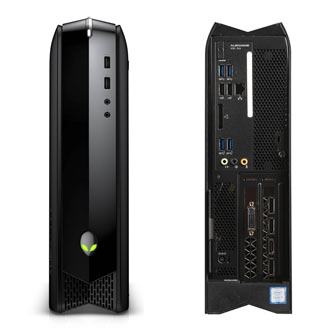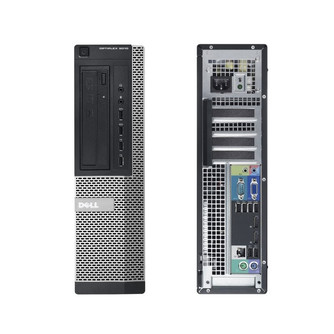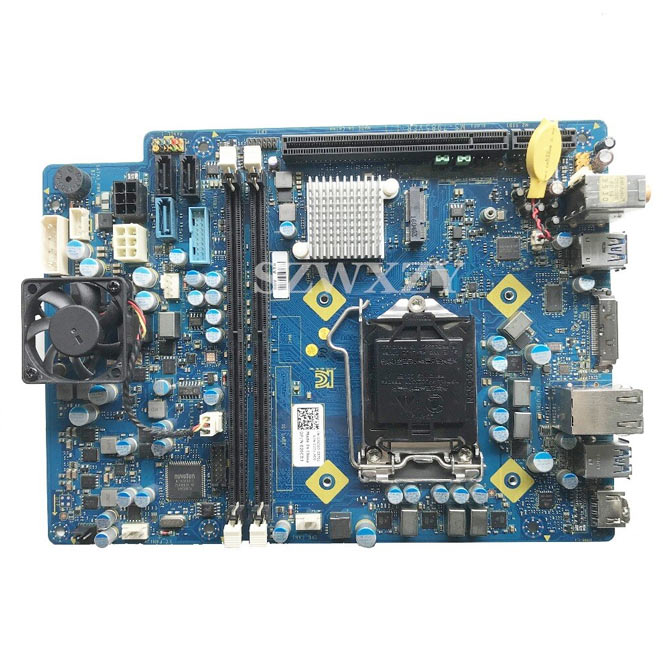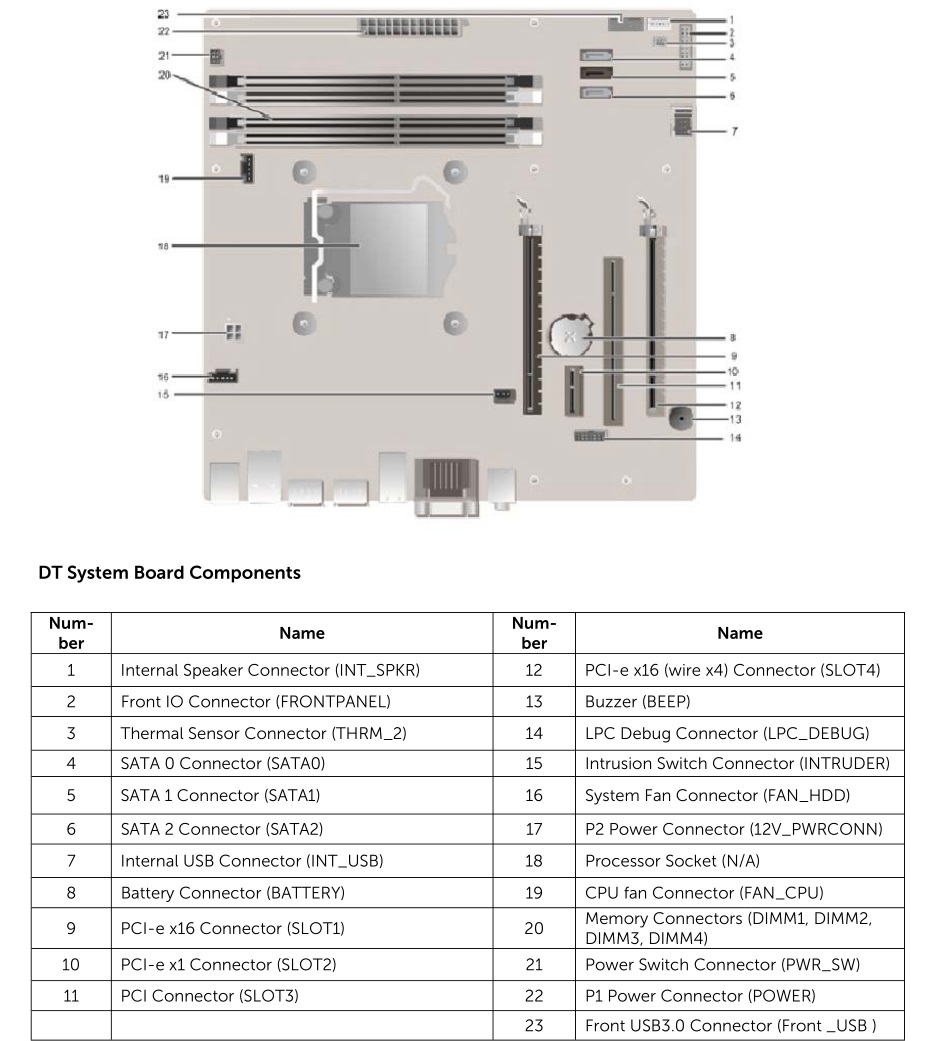Alienware X51 R3 vs. Dell OptiPlex 9010 DT
Comparison and Differences
Differences between Alienware X51 R3 and Dell OptiPlex 9010 DT
If you are looking for a more modern desktop, then you should go with the Alienware X51 R3 which was released in 2015. The Dell OptiPlex 9010 DT is older and entered production in 2012.
If you are looking for the smaller form factor the Alienware X51 R3 is the right one for you. It is smaller than the Dell OptiPlex 9010 DT and will fit more easily under your desk.
Processor
Usually the newer the generation of the CPU, the better the performance and efficiency is. If your budget allows it, you should go with the Alienware X51 R3 as it is running a newer generation CPU. This is not to say that Dell OptiPlex 9010 DT is bad - it can still run some powerful CPUs, albeit being an older generation.
Memory
The Dell OptiPlex 9010 DT has 4 RAM slots while the Alienware X51 R3 has only 2 slot(s). This is not something to worry about. Just make sure you take it into consideration when planning how much RAM you are going to use.
The Alienware X51 R3 is using the faster 2133 MT/s RAM. The Dell OptiPlex 9010 DT is slower by supporting RAM speeds of up to 1600 MT/s. In addition, you will be able to install the same amount of RAM in both models, and most probably 32 GB of RAM will be enough for most people. However, if you will be needing more RAM, make sure to check other desktop models too.
Ports
In total the Dell OptiPlex 9010 DT has 10 USB ports. The Alienware X51 R3 is inferior in this regard and packs 8 USB ports. In any case, if you miss USB ports, you can always purchase a USB hub. What is nice about the Alienware X51 R3, is that it has 2 USB 3.1 port(s) which allows transfer of up to 10Gb/s. Unfortunately, the Dell OptiPlex 9010 DT has no such port, thus restricting your transfer speeds significantly. For people who want to use external drives on regular basis, this might be an issue.
DisplayPort is crucial for any desktop machine. It is good to see that both models are featuring DisplayPorts. However, the Dell OptiPlex 9010 DT comes with 2 ports, while the Alienware X51 R3 has only 1. If you are planning to use multiple monitors, the Dell OptiPlex 9010 DT is the better choice.
None of the models has an HDMI port. If your monitor supports only the HDMI interface, you will need to buy an adapter. Such adapters are cheap so nothing to worry about.
SATA slots are located on the motherboard and it is where SSD, HDD and Optical Disk Drives are connected. Each of the two models being compared have 3 SATA slot(s). Keep in mind that having too few SATA slots might limit your options for connecting additional memory drives.
M.2 SSD interface allows you to transfer data with higher speeds compared to the old SATA interface. Unfortunately, neither the Dell OptiPlex 9010 DT, nor the Alienware X51 R3 has one. However, you can still use a SATA SSD drive which should give you satisfactory performance.
Make sure that the available M.2 slot supports the PCIe (also called NVMe) interface. This is important as there are M.2 slots which support only the inferior SATA III interface. For comparison, the SATA III interface has max speeds of 6Gb/s, while the PCIe 3.0 x4 will support speeds up to 32Gb/s!
Power Supply
Having a Power Supply Unit with high power rating is important, if you are going to use components which require extra power. The Dell OptiPlex 9010 DT comes with a decent 250 Watt PSU, but the Alienware X51 R3 has a more powerful one rated at 330 Watts. Choosing either one depends on your specific requirements and use case. Also don't forget that some models might have more than one PSU option - try to always get the most powerful one, especially if you plan to upgrade to a powerful GPU.





